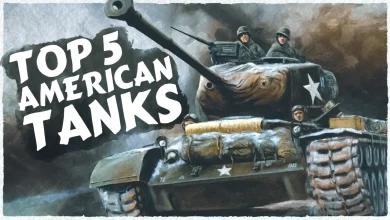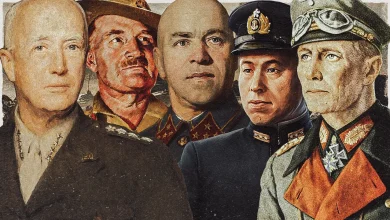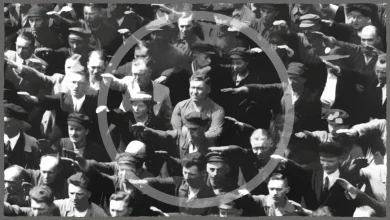Focke-Wulf Fw 190 – The Butcher Bird
It was an aircraft that revolutionized new technology and came as a complete shock to the RAF, completely superior to the Supermarine Spitfire Mk. V in all but turn radius. The German Luftwaffe had received a beast of a plane to partner with the Bf 109 and formed the backbone of the Luftwaffe's fighter force. This is the story of one of the finest piston-engine fighter aircraft of the Second World War, Kurt Tank's Focke-Wulf Fw 190 or as the Allies called it the Butcher Bird.

When the Focke-Wulf Fw 190 first saw combat in 1941, it was an instant success and inflicted heavy casualties upon its opponents, particularly RAF Spitfires. During a career that lasted for a period of four years, the Focke-Wulf Fw 190 served in every German theater of war from the cold winters of Russia to the staggering heat in North Africa, packed with a vicious armament of 7.92mm machine guns, MG 151 20mm cannons, and an insane roll rate.
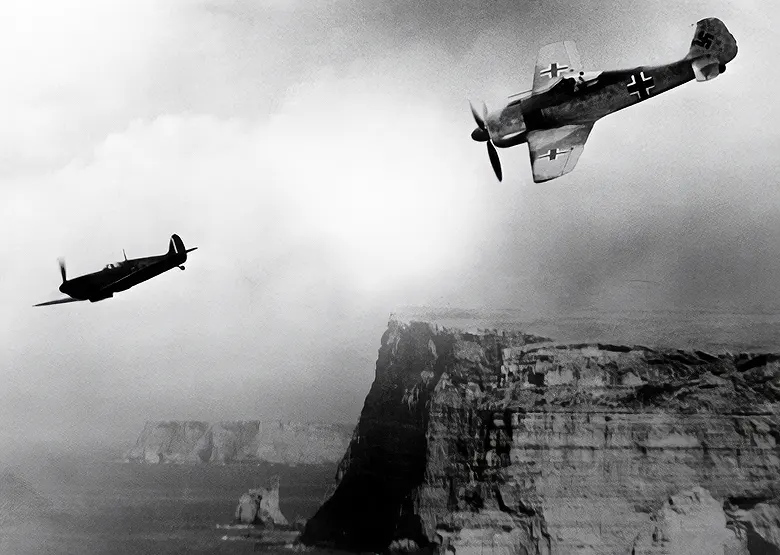
It proved to be an extremely versatile machine from a fighter and bomber interceptor to a ground attack variant, this eventually substituted the famous Ju 87 Stuka dive bomber unlike the Bf 109 which was powered by a fuel-injected water-cooled engine.
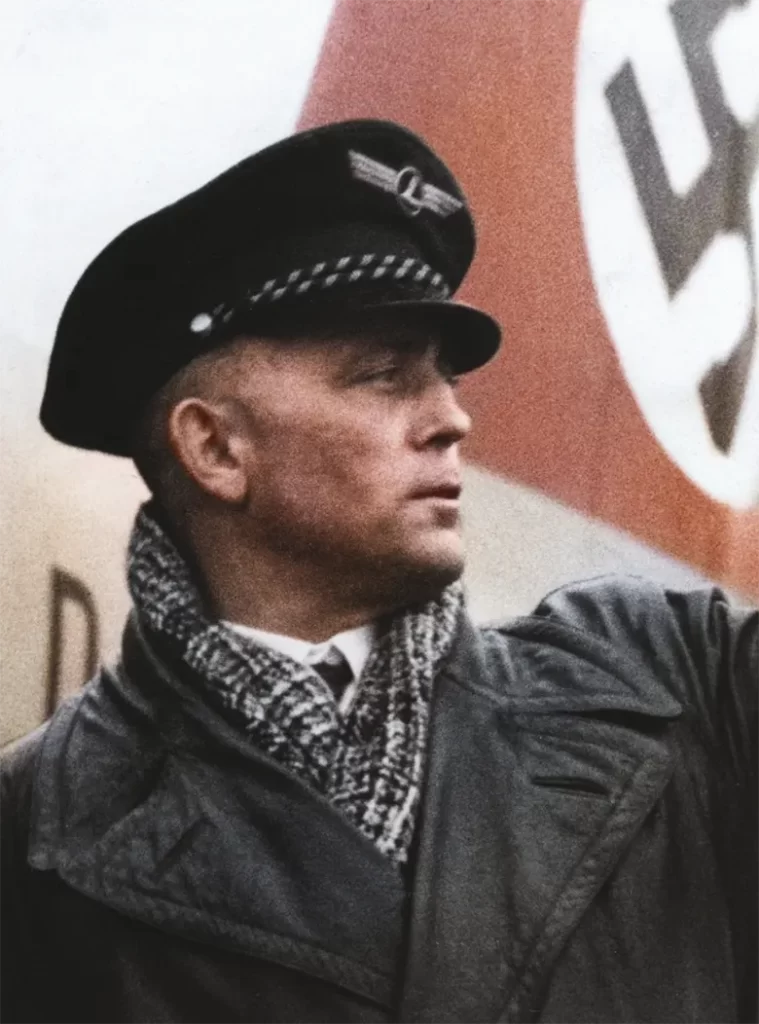
Kurt Tank and his team utilized an air-cooled BMW 801 radial engine with a special cooling fan mounted behind the propeller. If the engine was hit by enemy fire, the Focke-Wulf Fw 190 could still fly and not suffer any malfunctions due to the lack of a vulnerable water radiator.
The cowling was also heavily armored and also proved to be a massive shield that protected the pilot if he was confronted with a head-on attack. There was also another advantage over the 109, the 190 had a high canopy which gave the pilot all-round visibility and the undercarriage was much wider which enabled safer landing, unlike the Messerschmitt’s narrower landing gear.

However, the 190 was not without its limitations, this was particularly noticed if the aircraft exceeded a height of over 6000 meters, roughly 20.000 feet, the performance dropped off sharply and the RAF equipped with the new and improved Spitfire Mk IX could easily outrun and now climb the Focke-Wulf Fw 190 for high altitude. This was the same case for bomber and fighter interception, where the 190 struggled against the B-17s and P-51s.

The Luftwaffe was in desperate need of a high-altitude interceptor and so the decision was made to install a new engine under the Fw 190. Kurt Tank solved the problem by fitting a Jumo 213 to the aircraft.

Round in shape, it looked very similar to the BMW radial engine but was in fact a V12 inline engine with a circular radiator mounted behind the propeller. In order for the engine to fit the aircraft, Kurt Tank lengthened the fuselage by four and a half feet with the inclusion of a larger tail fin, thus the Dora was born.

The Jumo engine was perhaps the best decision for the 190 because once tested in 1944, it completely outclassed all other Focke-Wulf models and might have well have been the best piston-engine fighter of World War II.

It had a vicious rate of climb, combined with a top speed of 685 kilometers per hour, and had a higher surface ceiling. In case of an emergency, the MW 50 water-methanol injection system put an extra power boost by roughly 30 percent.

Whilst it was a successful aircraft, excessive bombing by Allied forces limited production for it to have any significant impact to turn the tide in Germany’s favor. By the end of the war, the Focke-Wulf 190 came to be respected by both German and Allied pilots, and over 20.000 were built. Most agree that it was without a doubt the finest piston-engine aircraft that flew in combat with the Luftwaffe.
